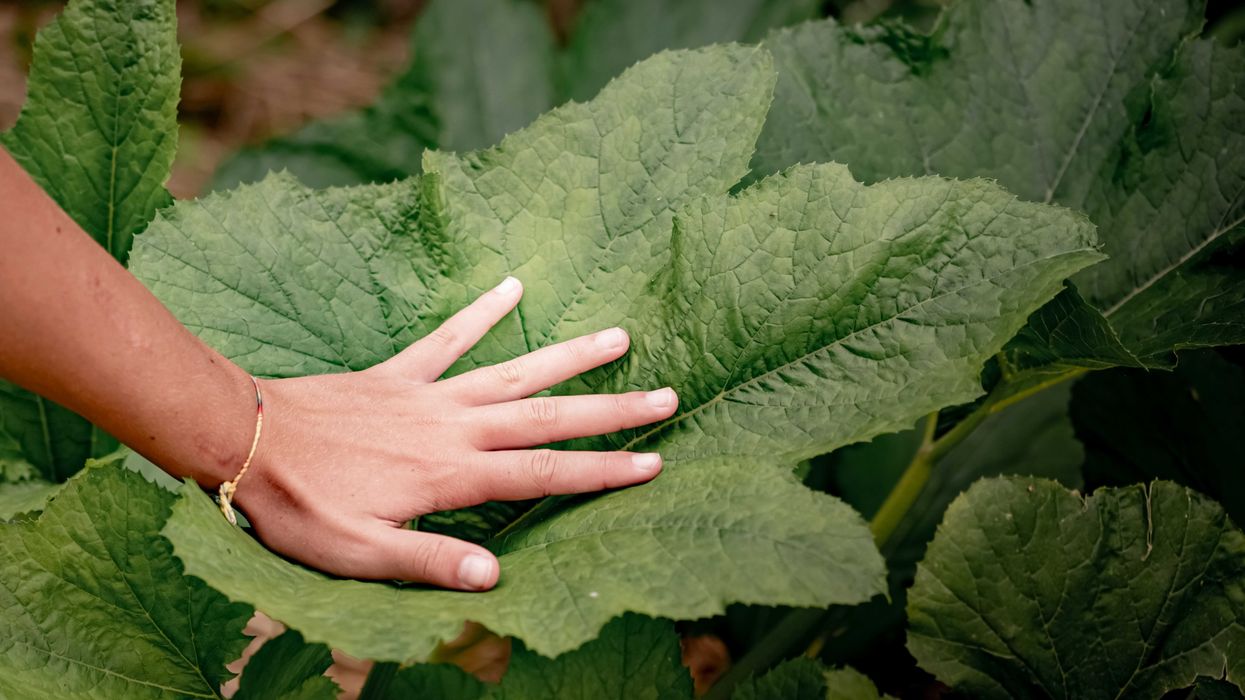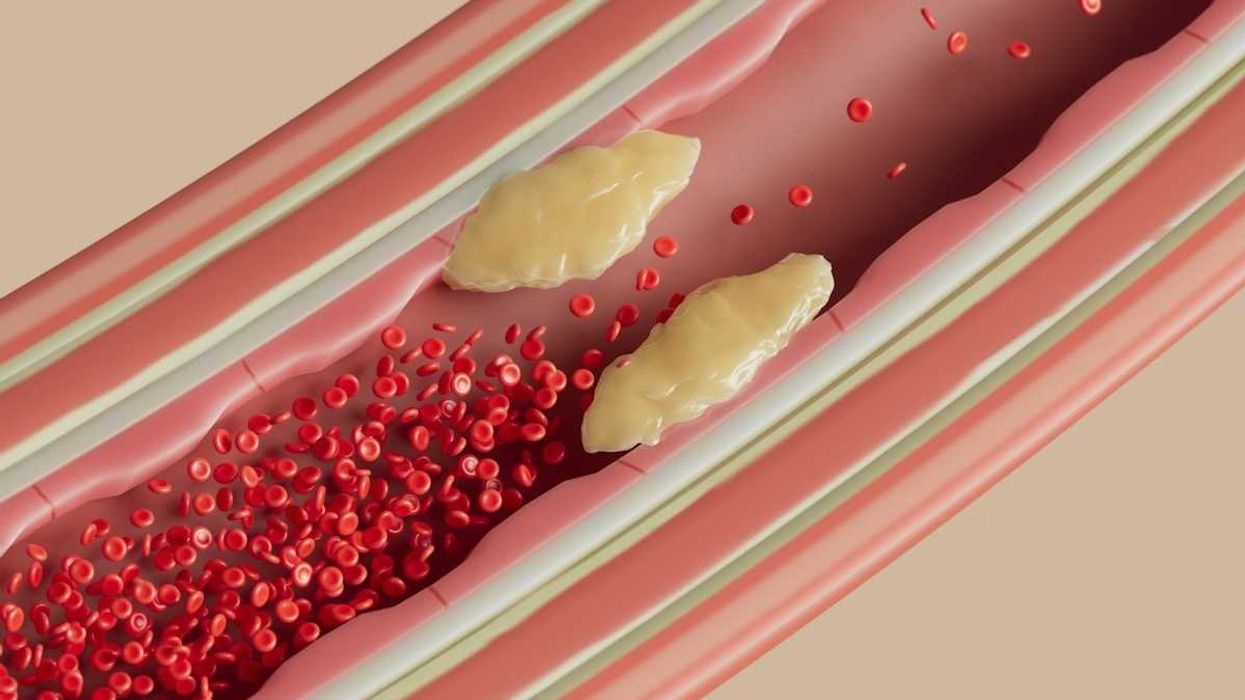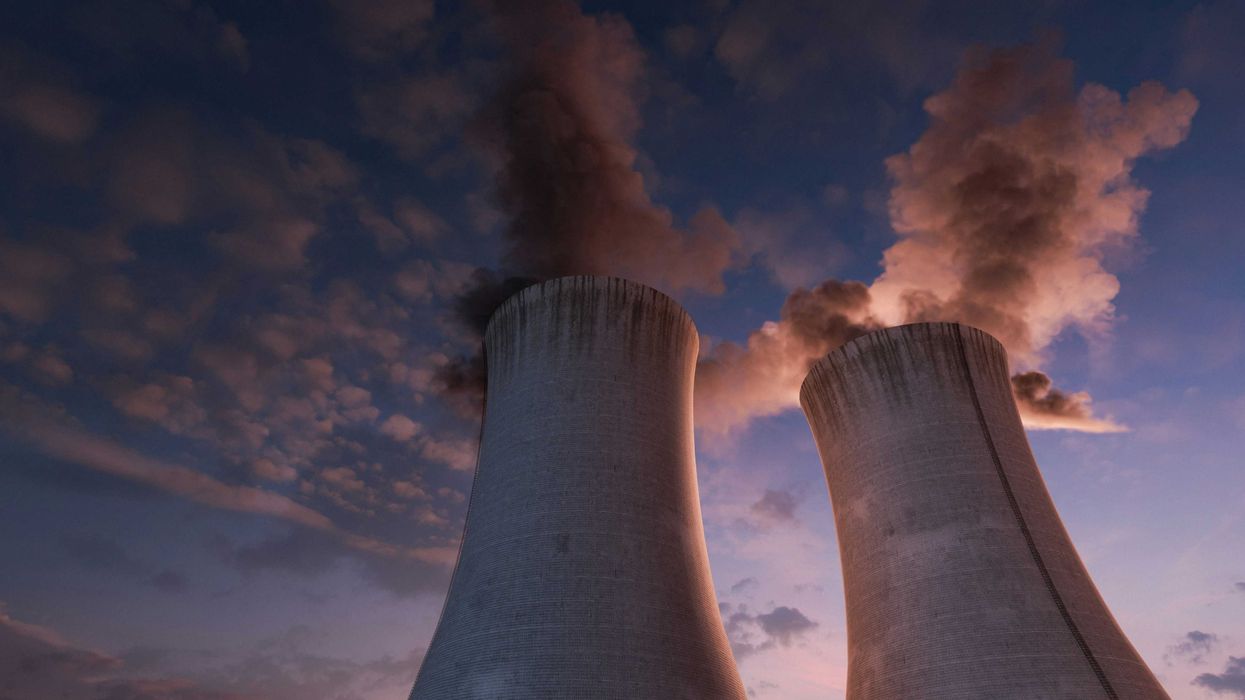Plastics used in agriculture — from seed coatings to mulch films — are breaking down into microplastics that contaminate soil, water, crops, and possibly human organs.
Melina Walling and Rodney Muhumuza report for The Associated Press.
In short:
- In Uganda and worldwide, plastic waste is accumulating in agricultural soils, especially through seedling bags, packaging, and biosolid fertilizers. Farmers are concerned but often lack affordable alternatives.
- Microplastics can be taken up by crops and have been detected in human tissues, with early studies suggesting potential links to diseases such as heart problems and cancer.
- Climate change is increasing farmers’ reliance on plastics to manage extreme weather, while global efforts to regulate plastic pollution remain slow and largely voluntary.
Key quote:
“These things are being released at such a huge, huge scale that it’s going to require major engineering solutions.”
— Sarah Zack, Great Lakes contaminant specialist, Illinois-Indiana Sea Grant
Why this matters:
Microplastics, which break off from synthetic clothing, plastic packaging, car tires, and agricultural plastics, are small enough to evade conventional filtration systems and persistent enough to resist natural degradation for centuries. Their ability to absorb and transport other toxic chemicals — like pesticides, heavy metals, or industrial pollutants — adds another layer of complexity. While scientists are still studying the extent of harm these particles may cause inside the human body, early signs point to their ability to disrupt hormonal systems, influence immune responses, and possibly contribute to chronic inflammation.
Related EHN coverage: Microplastics in farm soils: A growing concern














